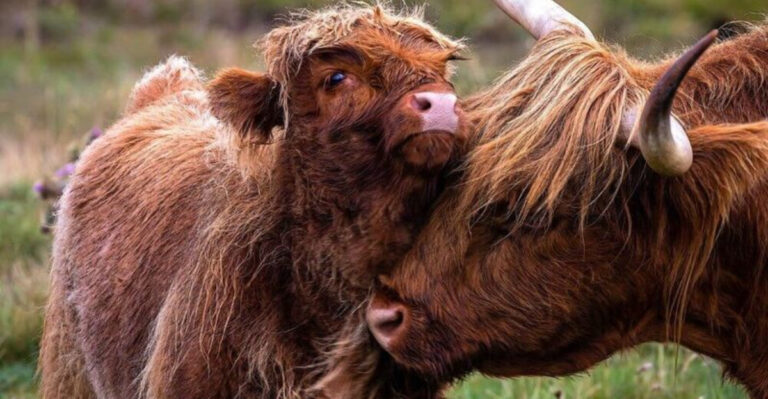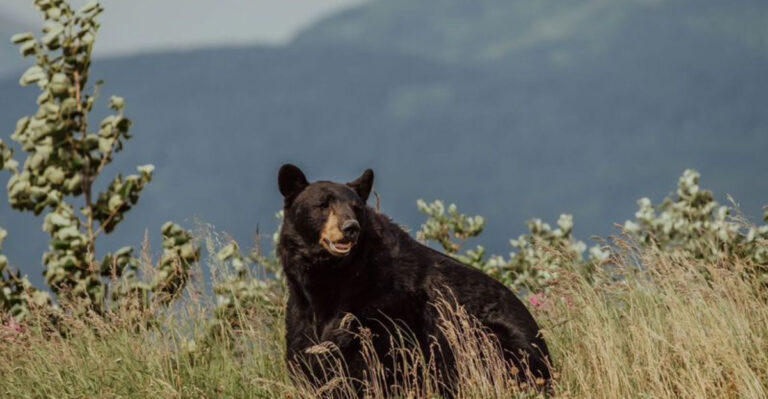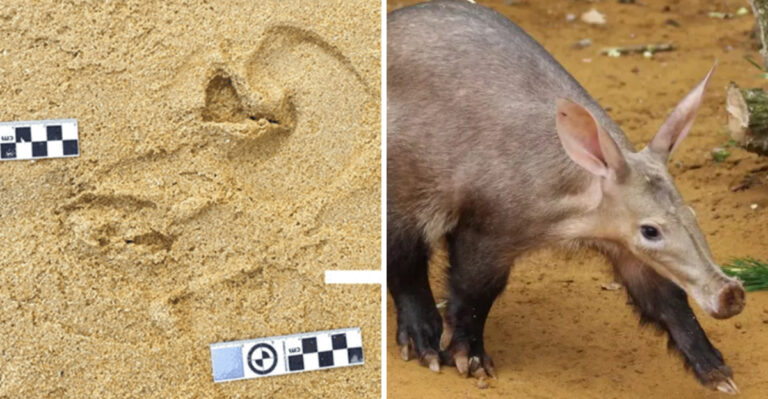The 13 True Foxes From All Around The Globe
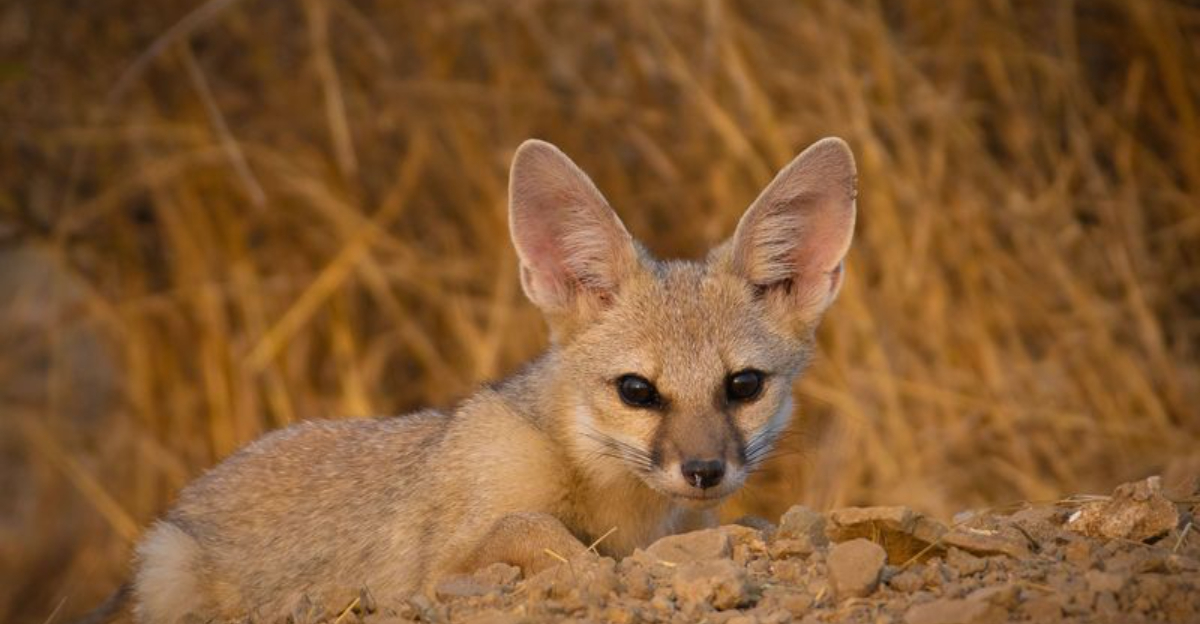
Foxes are fascinating creatures found across the globe, each species adapting uniquely to its environment. From the arctic tundra to dense forests and deserts, true foxes are known for their cunning, adaptability, and striking appearances.
Here, we uncover the distinct characteristics of true fox species. Enjoy learning about these charismatic animals that inhabit diverse landscapes, displaying unique behaviors and survival tactics. With varied diets, colors, and sizes, these foxes are not just survivors but essential parts of their ecosystems.
1. Red Fox
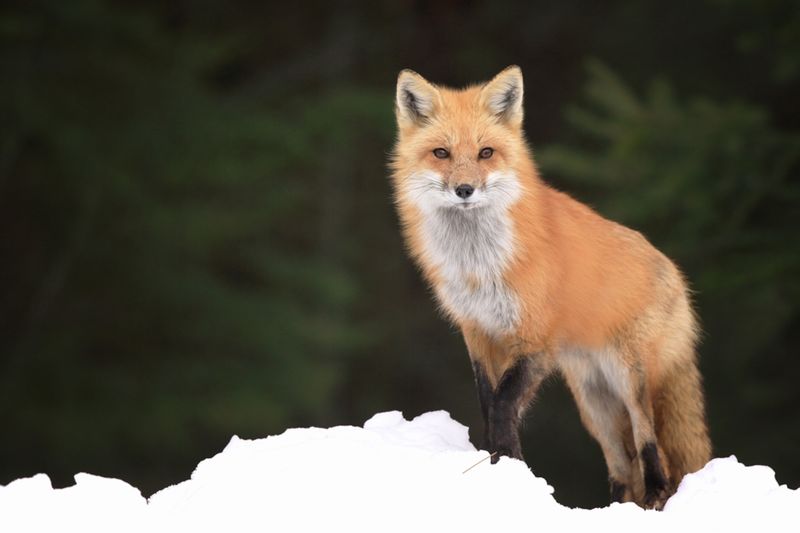
The red fox, known for its vibrant russet coat, is a versatile predator found across the Northern Hemisphere. Its adaptability allows it to thrive in urban areas, forests, and grasslands. The red fox’s diet is diverse, ranging from small mammals to fruits and insects.
Social creatures, they communicate using a variety of vocalizations and body language. Red foxes exhibit a unique hunting behavior called ‘mousing,’ where they leap into the air to catch prey, showcasing agility and precision.
2. Arctic Fox
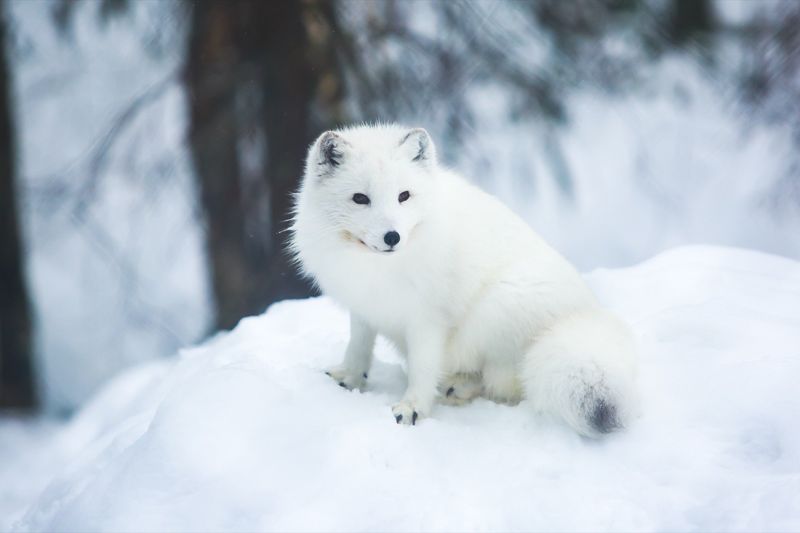
The arctic fox is a master of cold survival, inhabiting the frigid Arctic tundra. Its thick, white fur provides insulation and camouflage against the snow. During summer, its coat turns brown, blending with the tundra’s terrain.
Remarkably, it endures temperatures as low as -50°C, thanks to its compact body and furry paws. The arctic fox primarily feeds on lemmings, supplementing its diet with fish and berries.
Known for its nomadic behavior, it follows polar bears for scavenging opportunities or searches for food on its own, showcasing remarkable adaptability.
3. Fennec Fox
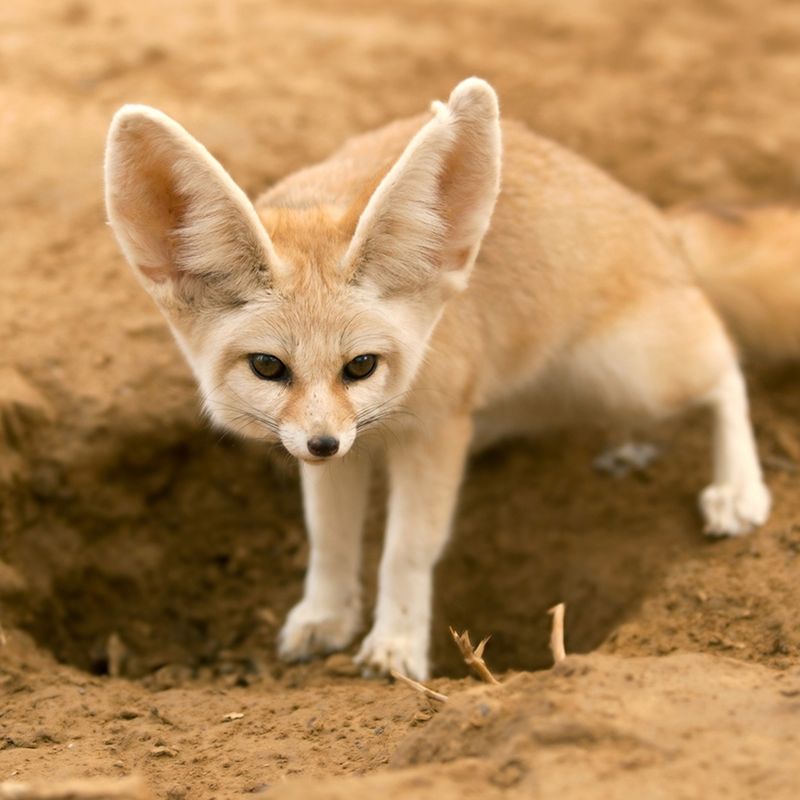
The fennec fox, the smallest of all foxes, is native to the Sahara Desert. Its most striking feature is its large ears, which dissipate heat and enhance hearing, crucial for detecting prey underground.
With sandy-colored fur, it blends seamlessly with its desert surroundings. Nocturnal by nature, it avoids the sun’s intense heat by staying in burrows during the day.
The fennec fox’s diet includes insects, small mammals, and plants. Social animals, they live in family groups, exhibiting playful behavior.
4. Gray Fox
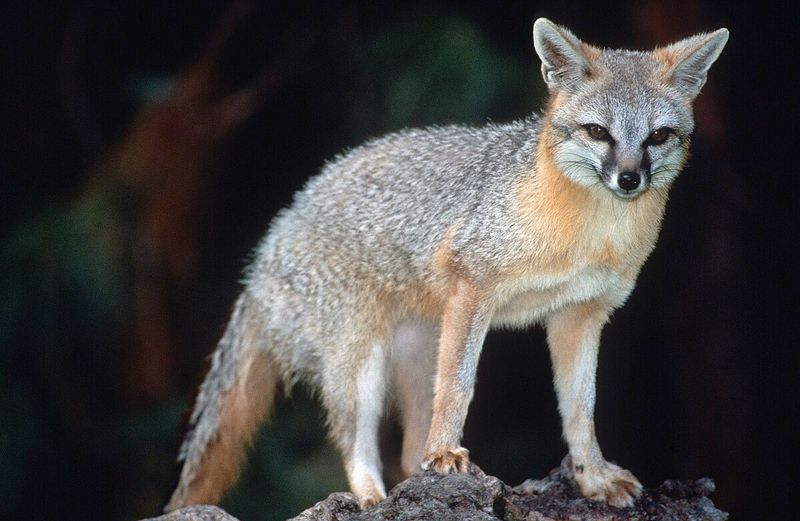
The gray fox, unique for its tree-climbing ability, inhabits woodlands across North and Central America. Its grizzled gray coat provides excellent camouflage among the forest foliage.
Unlike other foxes, it can retract its claws, aiding in its arboreal escapades. Omnivorous, it consumes a varied diet of fruits, insects, and small vertebrates.
Elusive and solitary, the gray fox is nocturnal, often foraging under the cover of darkness. Its agility and adaptability make it a fascinating and unique member of the fox family.
5. Swift Fox
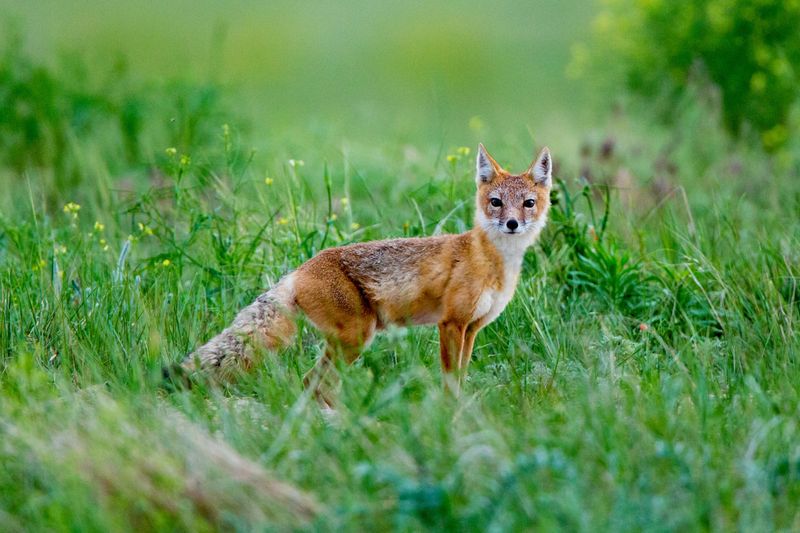
The swift fox, named for its impressive speed, roams the open prairies of North America. Small and slender, it uses its agility to evade predators and catch prey.
With a pale, yellow-gray coat, it blends with the grassy landscape, providing effective camouflage. Its diet includes rodents, insects, and birds, adapting to the availability of food. Swift foxes are social creatures, often seen in pairs or small family groups.
6. Kit Fox
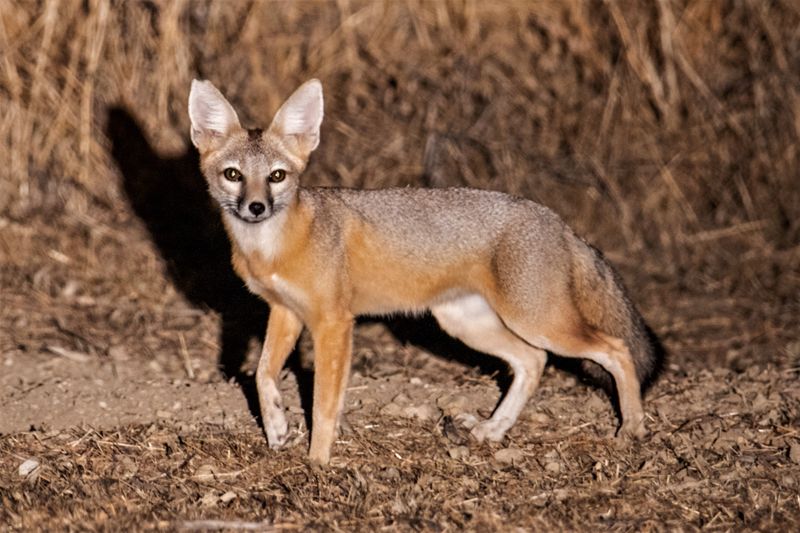
The kit fox, recognized by its large ears and bushy tail, inhabits arid regions of North America. Its sandy coat helps it blend with the desert terrain, providing excellent camouflage.
Primarily nocturnal, it emerges at night to hunt small animals and insects. Its large ears not only enhance hearing but also help dissipate body heat. Kit foxes are known for their social structures, often forming monogamous pairs.
7. Bengal Fox
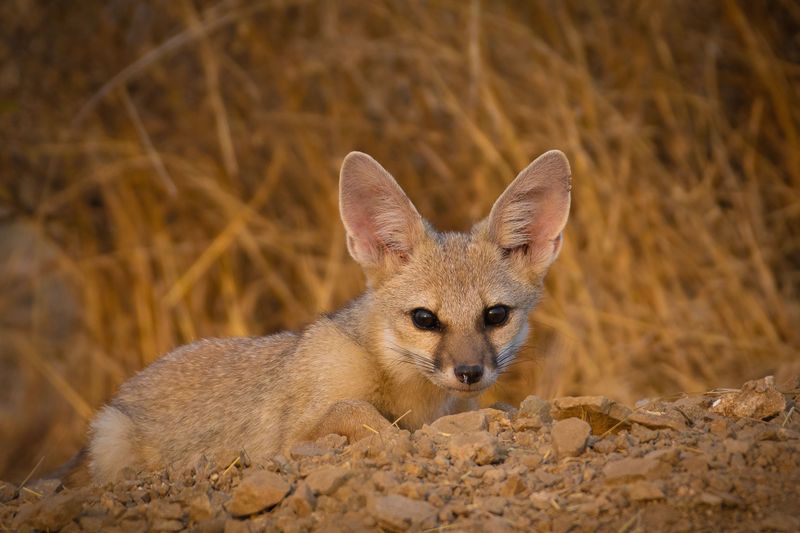
The Bengal fox, or Indian fox, is a small fox species native to the Indian subcontinent’s diverse landscapes. Its coat varies from gray to brown, aiding in camouflage among grasslands.
Active during dawn and dusk, it avoids the midday heat by staying sheltered. Its diet is omnivorous, consisting of insects, rodents, and fruits. Living in small family groups, the Bengal fox is known for its agility and keen senses.
8. Corsac Fox
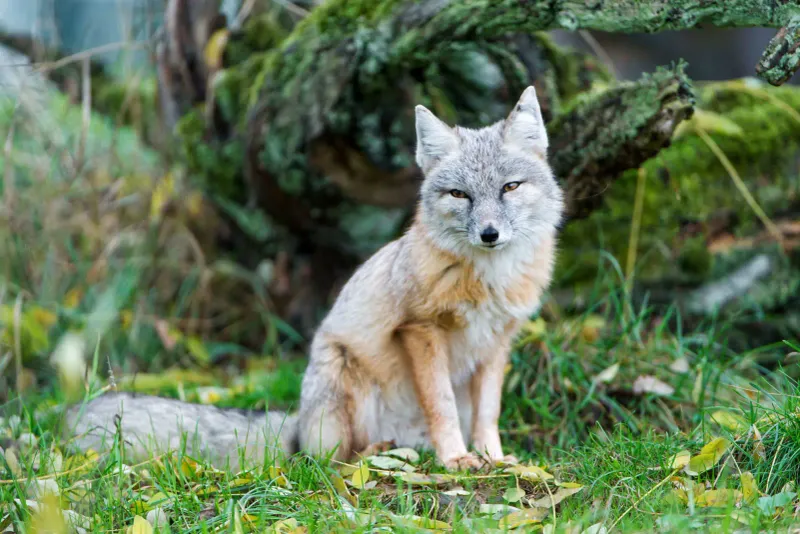
The corsac fox, native to Central Asia, inhabits the vast steppes and semi-deserts. Its light gray coat provides camouflage within these open landscapes, hiding it from predators.
Highly social, corsac foxes often live in groups, sharing burrows and hunting together. Their diet consists of small mammals, birds, and insects, adapting to seasonal availability.
Known for their nocturnal habits, they travel great distances in search of food. The corsac fox’s ability to thrive in harsh climates underlines its remarkable adaptability.
9. Pale Fox
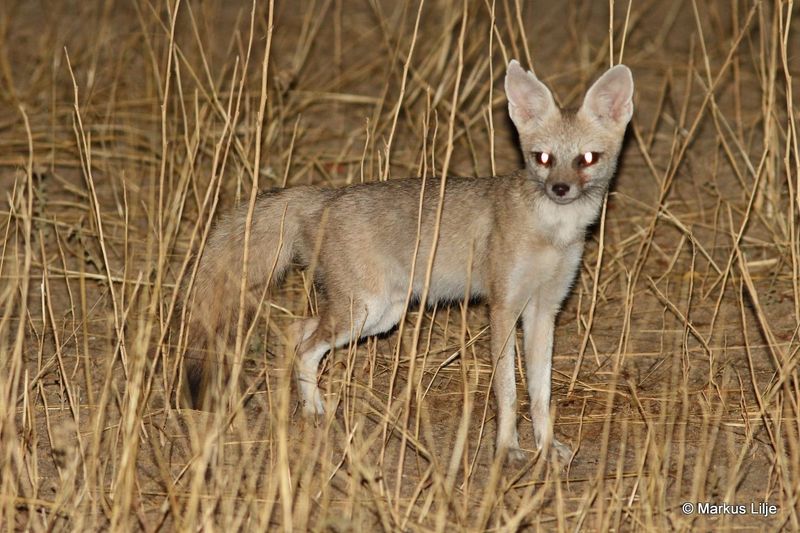
The pale fox, with its distinct sandy coat, inhabits the arid regions of the Sahel in Africa. Its coloration provides camouflage in the desert landscape, aiding in its survival.
Nocturnal by nature, it adapts to the harsh climate by emerging at night to hunt. Its diet includes rodents, birds, and fruit, displaying remarkable dietary flexibility. Living in small family groups, the pale fox digs extensive burrows for shelter and safety.
10. Blanford’s Fox
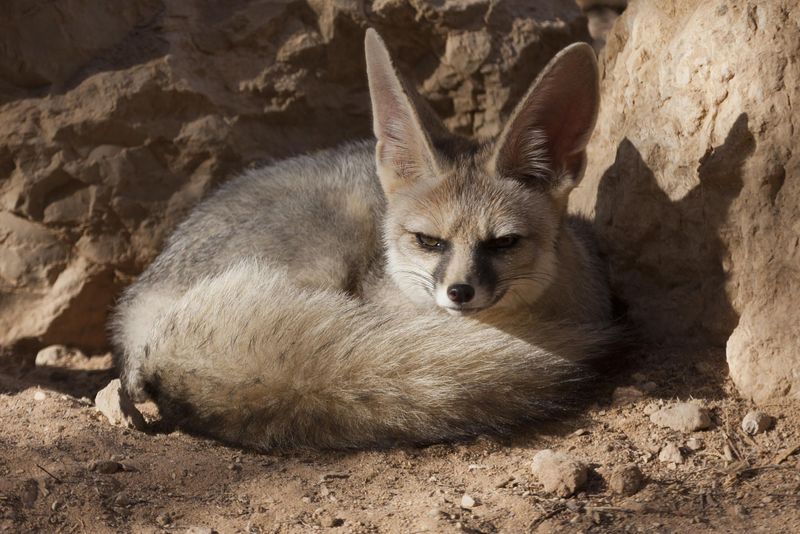
Blanford’s fox, native to the rocky mountains of the Middle East, is renowned for its climbing skills. Its bushy tail aids in balance as it navigates rugged terrains.
With a diet consisting of insects, fruits, and small vertebrates, it exhibits adaptability in resource-limited areas. Its sandy-brown coat provides camouflage against rocky backdrops.
Blanford’s fox is mostly nocturnal, avoiding the daytime heat. Its ability to live in harsh, mountainous regions showcases its remarkable adaptability and survival instincts.
11. Tibetan Sand Fox
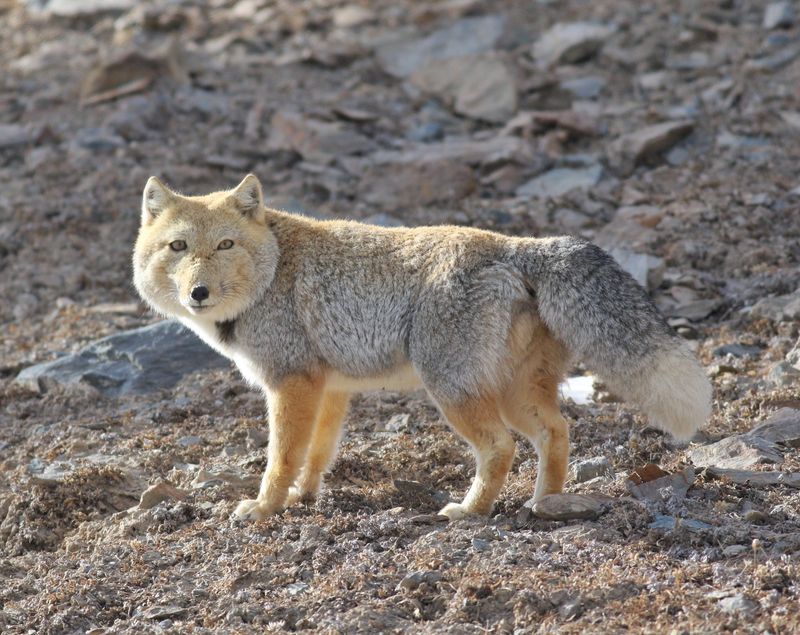
The Tibetan sand fox is easily recognized by its square face and bushy tail. Inhabiting the high-altitude steppes of the Tibetan Plateau, it has adapted to cold climates.
Its primary prey includes the plateau pika, but it also consumes other small mammals and birds. Its thick fur provides insulation against cold, windy conditions. Solitary by nature, the Tibetan sand fox is known for its elusive behavior.
12. Cape Fox
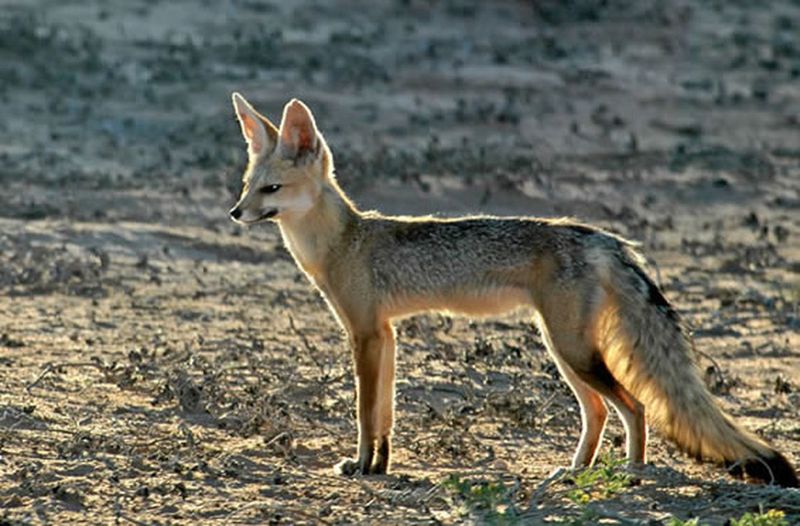
The cape fox, or silver fox, is the only true fox in southern Africa. Its silver-gray coat gleams under the moonlight, providing camouflage in open grasslands.
Primarily nocturnal, it emerges at night to hunt small mammals, birds, and insects. Its large ears enhance its hearing, aiding in hunting.
Cape foxes often live in family groups, showcasing social behavior. Their adaptability to diverse habitats, from grasslands to semi-deserts, underscores their survival prowess.
13. Rüppell’s Fox
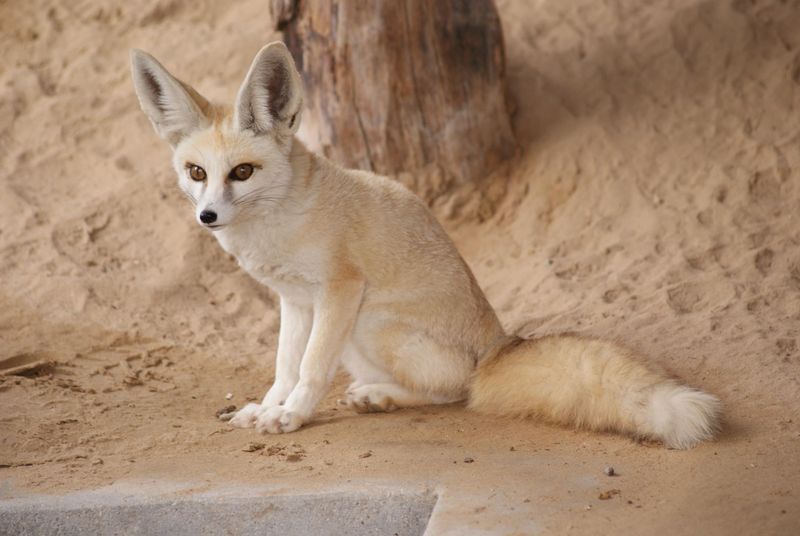
Rüppell’s fox, found in North Africa, is adapted to desert life with its large ears and pale fur. The ears dissipate heat, while the fur provides camouflage in sandy landscapes.
Its diet mainly consists of insects, small mammals, and fruit, demonstrating dietary flexibility. Nocturnal behavior helps it avoid the desert’s extreme daytime temperatures. Rüppell’s fox is known for its social nature, often seen in pairs or small family groups.


